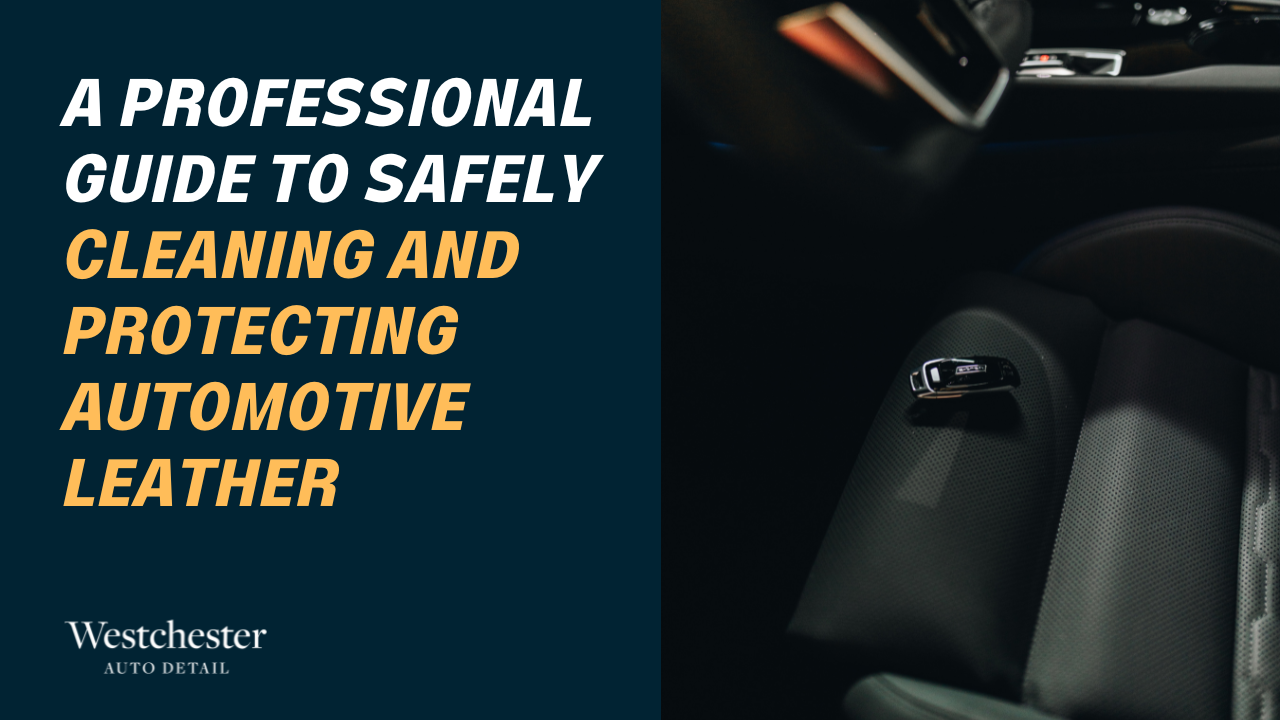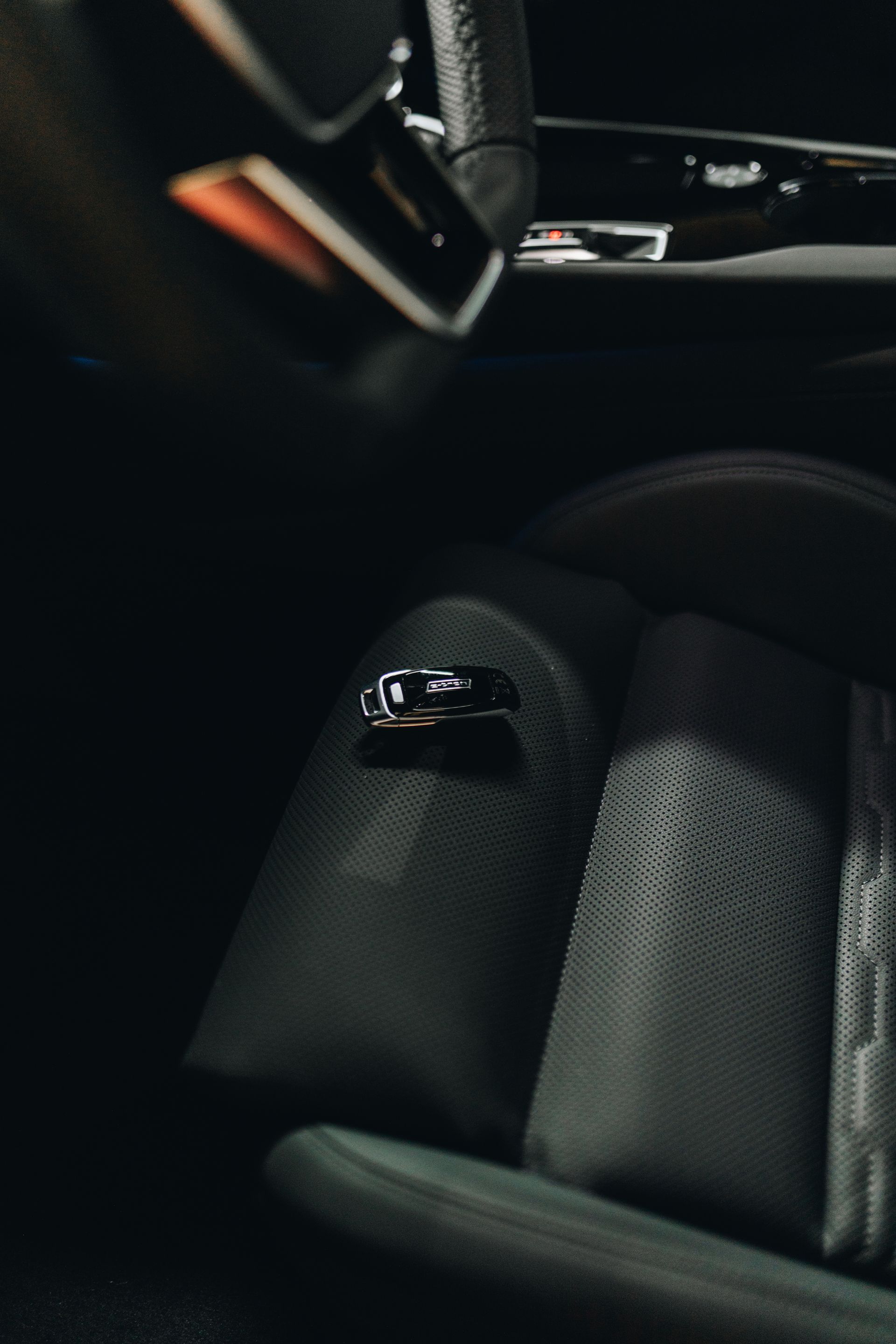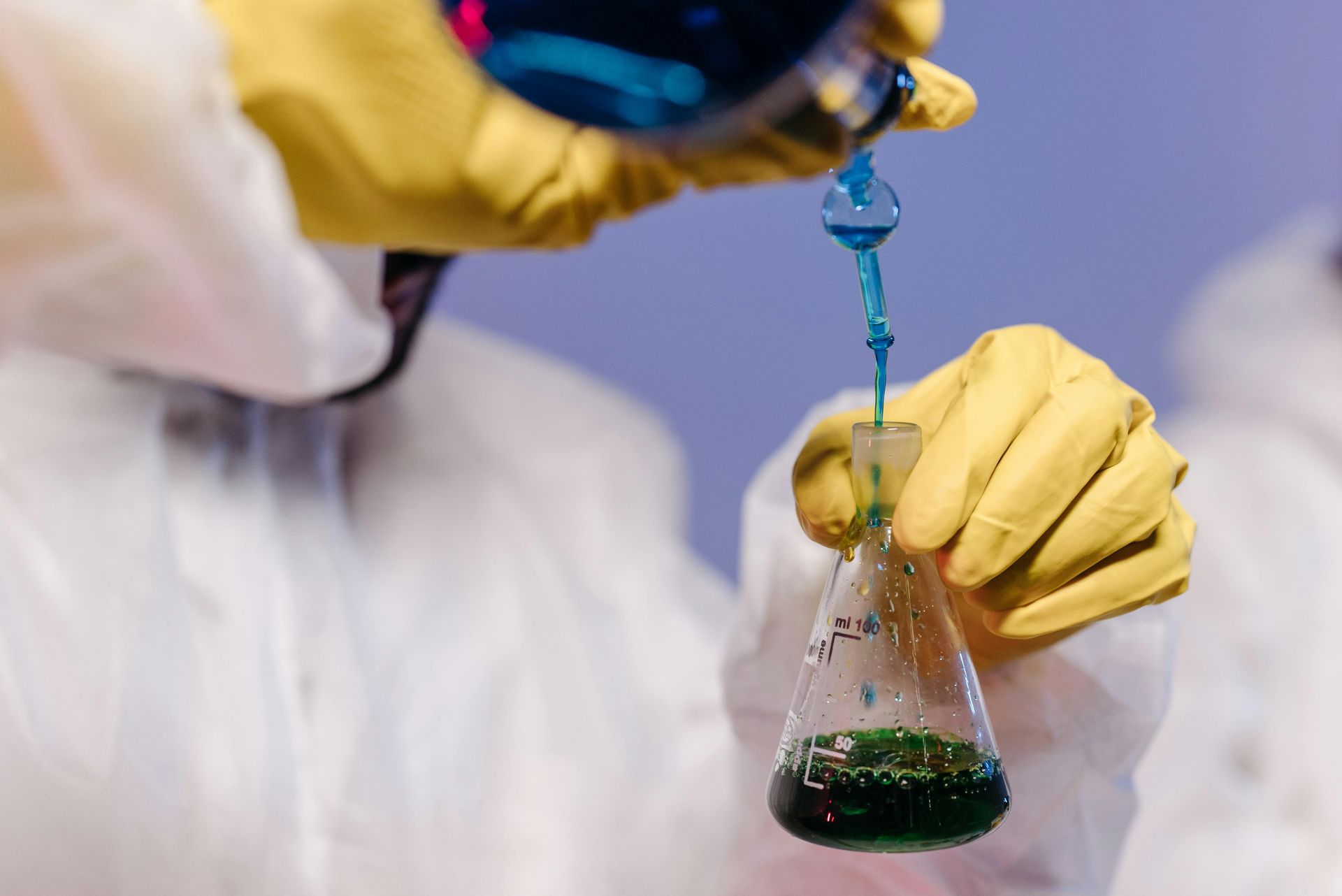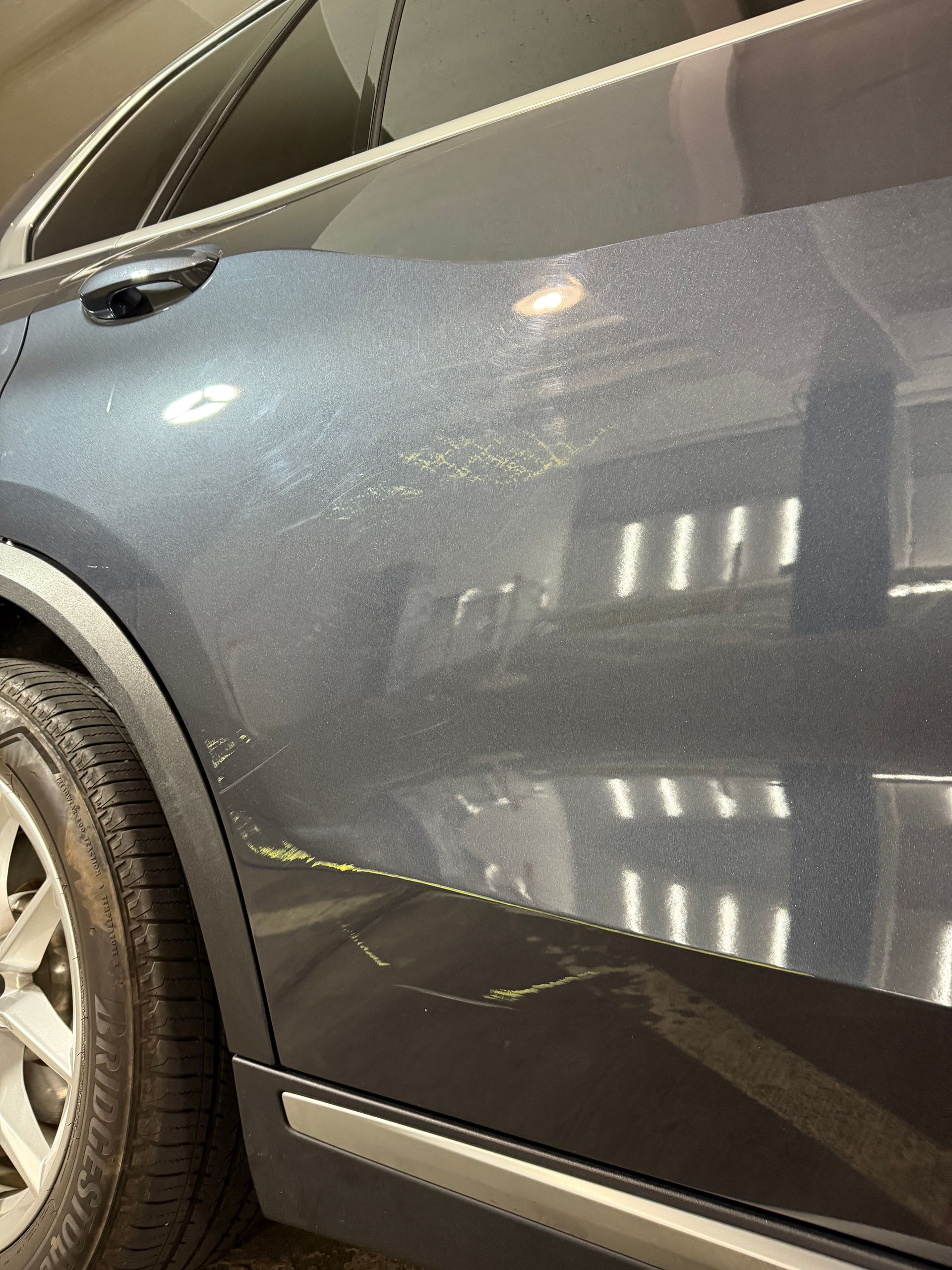A Professional Guide to Safely Cleaning and Protecting Automotive Leather
January 26, 2024

At Westchester Auto Detail, we specialize in premium detailing services for all vehicle types. Our expert team cares meticulously for automotive exteriors and interiors using modern techniques tailored to each car's unique needs. For leather upholstery, we follow strict protocols to clean and condition safely with non-damaging products.
Leather upholstery instantly elevates a car's interior with its supple texture and upscale aesthetic. But keeping leather looking pristine requires gentle care tailored to its delicate nature. Harsh chemicals and improper cleaning can permanently damage leather's surface and protective finish.
Follow this professional guidance to properly care for your vehicle’s leather interior. We'll cover utilizing the right products, tools and techniques to clean leather safely without causing premature wear, drying or cracking over time.
Understand the Types of Leather
Not all leather is the same. Automotive leather can be:
- Aniline leather - No top coat, exposing the natural hide pores
- Semi-aniline leather - Light top layer over the dyed hide
- Pigmented leather - Thick top coat obscuring the hide
- Synthetic leather - Manmade materials mimicking real leather
At Westchester Auto Detail, our mobile detailers are trained to identify leather types and tailor our techniques accordingly for safe, damage-free cleaning.
Identify what type of leather your vehicle has, if possible, to determine the gentlest cleaning approach. When uncertain, use methods safe for ultra-delicate aniline leather. Synthetic “leathers” mimic textures and performance of real hides using man-made materials like polyurethane combined with oils or plant extracts. They require similarly gentle care as the delicate tanned hides. With so many leather formulations used across vehicle interiors, identifying exact type by eye is nearly impossible. Testing products directly on your leather risks damage. Your best bet is using universally safe cleaners and techniques appropriate for even the most sensitive finishes - the approach we follow for all our detailing clients.
Start with Dry Cleaning
Before wet cleaning, use dry techniques to lift out dirt:
- Vacuum textured leather gently using soft brush attachments
- Blot smooth leather carefully with a microfiber towel
At Westchester Auto Detail, we forego wet cleaning methods without first thoroughly vacuuming leather to remove dry particulates. This prevents them grinding into the surface when liquids are introduced.
Choose a Gentle Leather Cleaner
Avoid harsh chemicals or cleaners with extreme pH levels that can alter leather. Instead:
- Use a dedicated, pH-neutral leather cleaner
- Avoid household cleaners not meant for auto interiors
- Test cleaners first in an inconspicuous spot
Look for a gentle leather cleaner like:
- Gyeon LeatherCleaner
- COLORLOCK Leather Cleaner
- Chemical Guys ® Leather Cleaner & Conditioner
Always do a test to see if the cleaner is compatible with your kind of leather.
Use Soft Tools & Minimal Pressure
Harsh tools like stiff brushes or magic erasers scratch leather's protective finish. Instead use:
- Soft terry towels
- Microfiber cloths
- Foam swabs
- Soft detailing brushes
- Dedicated leather brushes
Let the cleaner do the work, not excess rubbing. Work in small sections with light pressure and frequent towel/swab changes.
Condition and Protect Leather Periodically
While optional for synthetic leather, real leather hides benefit greatly from regular conditioning. This nourishes the hide, maintains suppleness, and protects against premature cracking or fading over time.
However, avoid conditioners containing heavy oils, waxes or known gloss-enhancing ingredients. These can leave behind greasy buildup and residues on the leather.
Instead, opt for lighter, non-oily conditioning formulas that fully absorb into the leather without altering its appearance or leaving residue. Some good options include:
- Gyeon Leather Coat
- Chemical Guys Leather Conditioner Complete
- P&s Leather Conditioner
Apply a thin, even layer of conditioner to the leather after cleaning. Allow it to fully absorb without leaving any excess residue on the surface. Wipe away any leftover residue using a clean, dry microfiber cloth.
Prevention and Maintenance
- Wipe away spills immediately before they set using a barely-damp soft cloth. Avoid saturating leather.
- To limit dirt buildup, vacuum textured leather routinely every few weeks.
- Aim to clean seats every 1-3 months using proper products and gentle techniques to prevent ingrained stains or damage.
Routine vacuuming paired with proper professional cleaning every 6 months helps leather withstand years of use without losing its supple feel. Don’t take shortcuts - even in a hurry, always default to gentle methods safe for delicate automotive leather.
With customized techniques and high-quality products, our Westchester Auto Detail team restores and protects our clients’ leather impeccably clean yet soft as the day vehicles drove off the showroom floor. Contact us to spruce up your car's interior and upholstery appearance with outstanding service guaranteed to never damage your leather.









